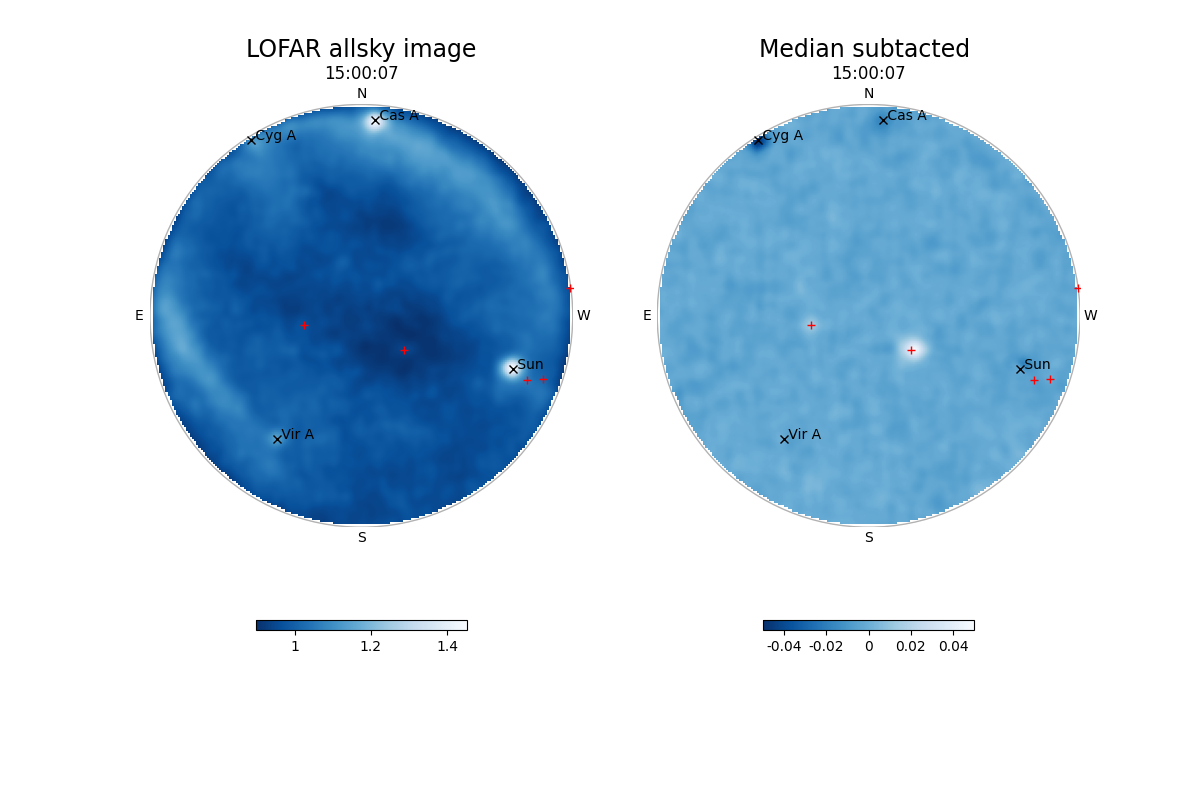- cross-posted to:
- [email protected]
- cross-posted to:
- [email protected]
Observations with the LOFAR (Low Frequency Array) radio telescope last year showed that first generation Starlink satellites emit unintended radio waves that can hinder astronomical observations. New observations with the LOFAR radio telescope, the biggest radio telescope on Earth observing at low frequencies, have shown that the second generation ’V2-mini’ Starlink satellites emit up to 32 times brighter unintended radio waves than satellites from the previous generation, potentially blinding radio telescopes and crippling vital research of the Universe.



Even if you make them sub-surface, or otherwise shield them from the FOV of the antenna?
Yes, because there’s no way to transmit power or data anywhere without being loud af in any signal spectrum. It’s physically impossible.
Even with fiber, you need a laser to beam the signal, and a powerful amp on the moon to recieve the signal and boost it with fuck ton of high power repeaters to the other side of the moon which is also loud af
Be that as it may, it’d be minimal compared to the interference that terrestrial radio observatories have to deal with.
I guess I’m just saying that I don’t understand why you’re being so negative about the concept when it’s clearly going to be orders of magnitude better than existing antennae.
True. When can we visit said hypothetical moon base?
Wanna go next Tuesday? I’m pretty sure I’m free then.